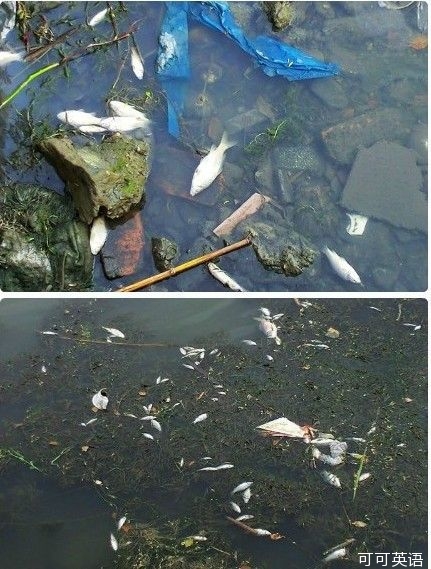2013年4月10日17點30分左右,上海松江區人民政府官方微博發布了泗涇塘、洞涇港部分水域死魚漂浮初步調查原因。微博中稱,“從目前調查的情況看,死魚的可能原因為信徒集中放生。”
據“松江發布”微博表示,3月30日(農歷二月十九)是佛教紀念日,經走訪,不少人花幾百、幾千元買魚,在泗涇鎮周邊水域放生。“魚集中入水后由于氣溫、水溫等因素變化,死亡率極高。”
同時,松江區表示,4月3日至7日,區環保局對泗涇塘、洞涇港等進行了連續、多點水質采樣分析,監測結果顯示:生物毒性均為安全;揮發性物質未檢出;水質常規也未見異常。
記者此前從上海水產品檢測中心了解到,送檢的魚由于腐爛程度較高,因此無法做相應的檢測。松江區委宣傳部一負責人告訴記者,雖然相關送檢并沒有結果,但不論是從目前走訪掌握的信息,還是魚死亡時間、死亡魚的種類來看,其他原因均存有疑點,“其他一些地方也有類似集中放生致死的案例,因此我們認為這一可能性比較大”。
記者日前在泗涇塘現場采訪時注意到,泗涇塘水域的死魚已經基本打撈干凈,現場也基本聞不到腐爛的死魚散發的腥臭味。對于水面漂浮的眾多死魚,此前有著包括電擊、下藥、污染等各種致死原因的猜測。

Dead fish likely released by Buddhists
The 250 kilograms of dead fish taken out of waterways in Songjiang District may have been released by Buddhist followers who freed captive animals to celebrate the birth of Guanyin, the Buddhist Goddess of Mercy, officials said yesterday。
Songjiang District government said residents in Sijing Town reported that many Buddhist followers released fish into the water on March 30, which was the birthday of Guanyin in the Chinese Lunar calendar.
Officials investigated two major wet markets in Sijing and Dongjing, which are close to the waterways。
"Many people paid several hundred to thousands of yuan to buy fish from the markets at the end of March and released them in nearby waterways. Some even paid 10,000 yuan (US$1,612)," an official said。
Officials suspected the fish died because so many were released together into the water。
The floating fish were first discovered on April 1 by residents strolling along the bank of Sijing Pond and Dongjing Harbor. The district water bureau sent teams to retrieve the dead fish on April 3 after more bodies appeared in abundance in the next few days。
More than 250 kilograms had been taken out by Sunday, officials said, when most of the work was complete。
The district Environmental Protection Bureau said water quality in the area is safe。











